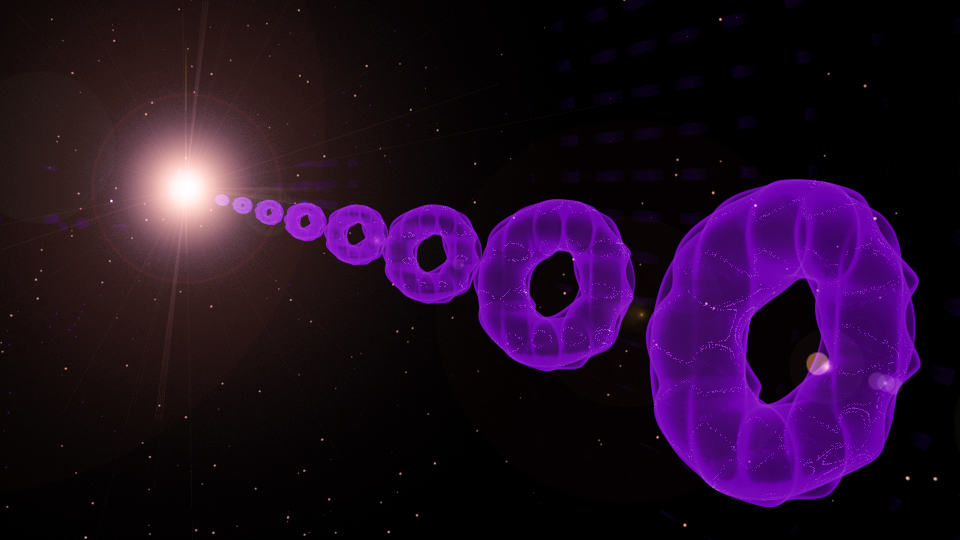Ultracold atoms move closer to simulating the early universe
05 Feb 2022

Physicists could soon be able to do simulations of the quantum phase transition that is believed to have occurred in the early universe, thanks to ultracold atom experiments done by Bo Song and colleagues at the University of Cambridge. By shaking an optical lattice of atoms, the team created metastable states associated with discontinuous phase transitions and a process called false vacuum decay.
Familiar phase transitions like the boiling and freezing of water are driven by thermal fluctuations in a system. In contrast, quantum phase transitions occur at close to absolute zero temperature and are driven by quantum fluctuations – which are a result of Heisenberg’s uncertainly principle.
So far, most studies have focussed on “continuous” quantum phase transitions, in which systems transform smoothly from one phase into another. However, some quantum systems will undergo abrupt or “discontinuous” phase transitions where the system can remain frozen in a metastable state before undergoing a transition. This process is like a ball rolling down a slope and getting caught in a shallow dip on the hillside before the transition occurs. Moving beyond the dip is called a false vacuum decay and some physicists believe that such an event set off the period of cosmic inflation just after the Big Bang.
Insulator to superfluid
Quantum phase transitions have been studied using optical lattices, which trap ultracold atoms within standing waves of laser light. Song and colleagues use an optical lattice to create a Mott insulator, where the movement of atoms between lattice sites is suppressed by strong atom-atom interactions. The system can also exist in a higher-energy superfluid state in which the atoms can hop freely between lattice sites. Previously, physicists could observe continuous phase transitions in such systems with strong interactions, but not discontinuous transitions – which had only been seen in systems with weak interactions.READ MORE

In their experiment Song’s team drove the phase transition by shaking (modulating the position of) the optical lattice. This causes the lowest band of the lattice – corresponding to its Mott insulator phase – to mix with first excited band – which hosts its superfluid phase.
Depending on the shaking parameters, the system either underwent a continuous or discontinuous phase transition between the Mott insulator and superfluid phases. In the case of continuous transitions, the mixing between the bands is strong so the Mott insulator phase and the superfluid phase can coexist. However, when the mixing between bands is weak, the two phases cannot easily coexist, and the system must choose one or the other in a discontinuous transition. Also, the system can get trapped in a metastable state and then undergo false vacuum decay.
Song’s team hope that their approach will open new opportunities to explore the role of quantum fluctuations in discontinuous phase transitions, and the quantum decay of metastable states. These investigations could include quantum simulations of false-vacuum decay in the early universe.
The research is described in Nature Physics.
Sam Jarman is a science writer based in the UK.
from physicsworld.com 11/2/2022
Δεν υπάρχουν σχόλια:
Δημοσίευση σχολίου